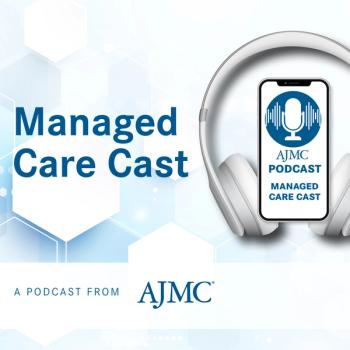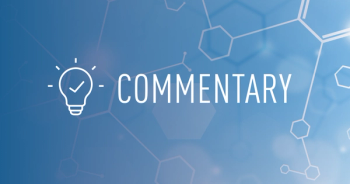
Patients With Myasthenia Gravis Are Their Own Best Advocates
Kiran Bhavaraju-Sanka, MD, and Beth Stein, MD, focus on the best and most effective methods of engaging patients who have myasthenia gravis throughout their journey.
Concluding their recent interview with The American Journal of Managed Care®, Kiran Bhavaraju-Sanka, MD, and Beth Stein, MD, focus on the best and most effective methods of engaging patients who have
Bhavaraju-Sanka is the John H. Doran, MD, FACP, Endowed Chair in Peripheral Neuropathy at UT Health San Antonio and Stein is the chief of neurology at St. Joseph’s Health.
Rewatch
This transcript was lightly edited for content; captions were auto-generated.
Transcript
With the increasing complexity of treatment, what are the most effective strategies to ensure patients remain engaged in their care?
Beth Stein, MD: The most effective strategy is education, partnering with our patients and educating them about myasthenia gravis, about the underlying pathophysiology, about the immune basis of the disease, and to understand that it is immune-mediated and that it can fluctuate. It's characterized by fluctuating symptoms and a variable disease course, and understanding that through education is the only way to understand how to treat them better, for them to understand their risks of medication, the risks of administration, and integrating that education into available treatment options, and deep discussion.
Ratna Kiran Bhavaraju-Sanka, MD: I agree completely, education of the patient, but we also need to educate the caretaker. Sometimes the patient may be getting into a situation of crisis, and the caretaker needs to be the person who's making that decision, so there has to be education of the caretaker, and sometimes educating other health care providers who are involved in the patient care because they may be giving medications that are not right for these patients. Education is really important, and we need to let the patient know that they are their own best advocates. They need to advocate for their symptoms, their care, so we can help them get to minimal symptom expression in most of these patients.
Newsletter
Stay ahead of policy, cost, and value—subscribe to AJMC for expert insights at the intersection of clinical care and health economics.








































